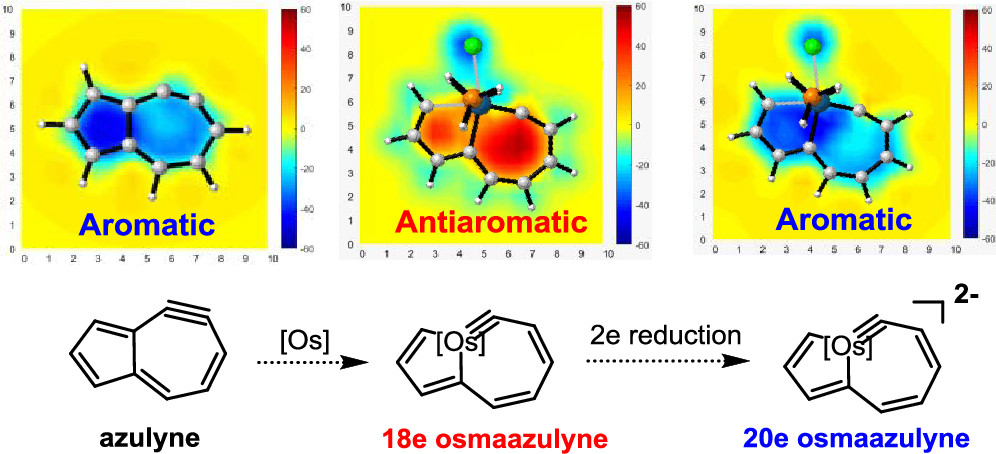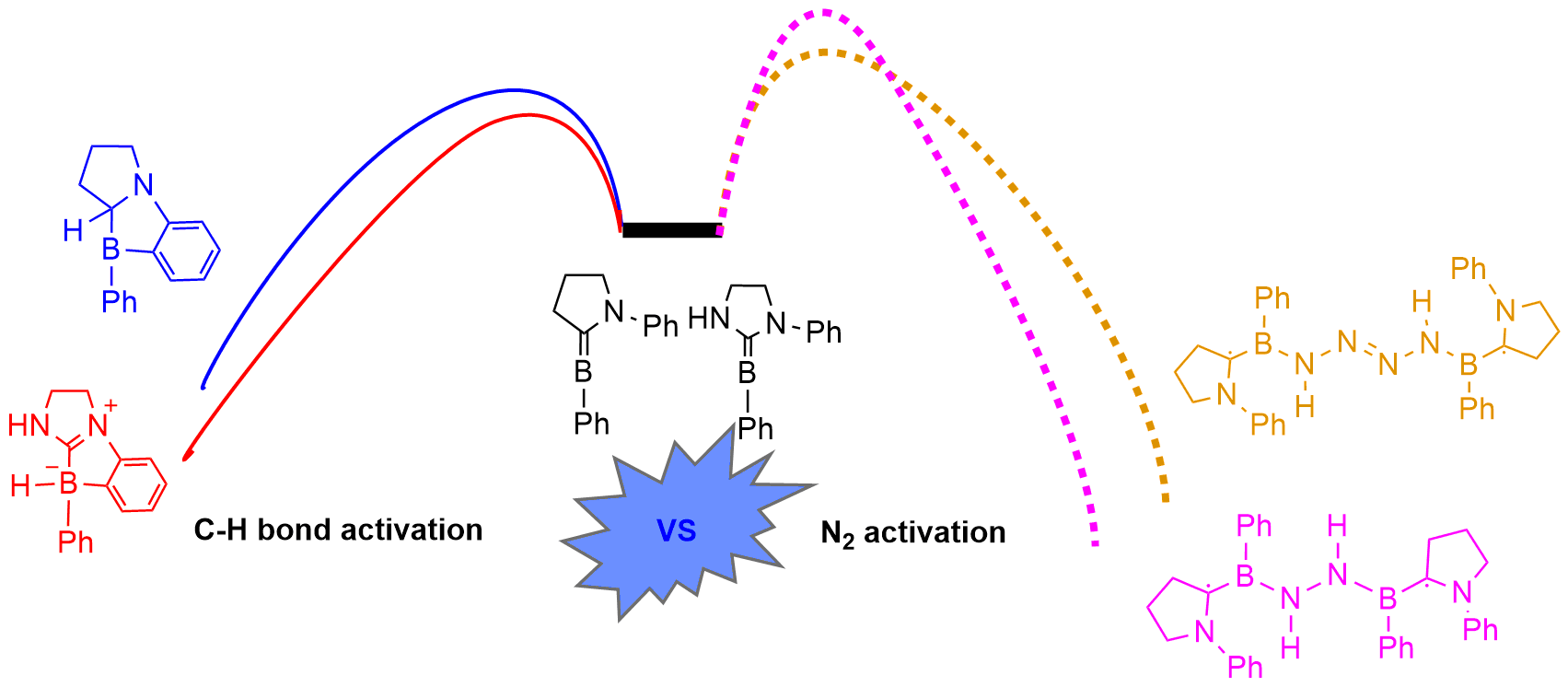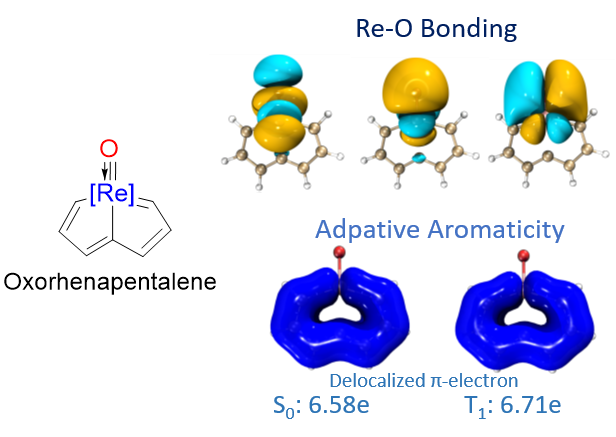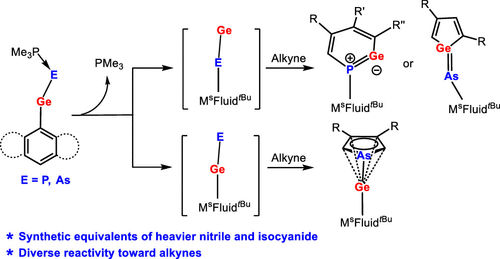Mechanistic Insight into the Ni-Catalyzed Kumada Cross-Coupling: Alkylmagnesium Halide Promotes C–F Bond Activation and Electron-Deficient Metal Center Slows Down β-H Elimination
Submitted by Jun Zhu on Thu, 06/30/2022 - 22:46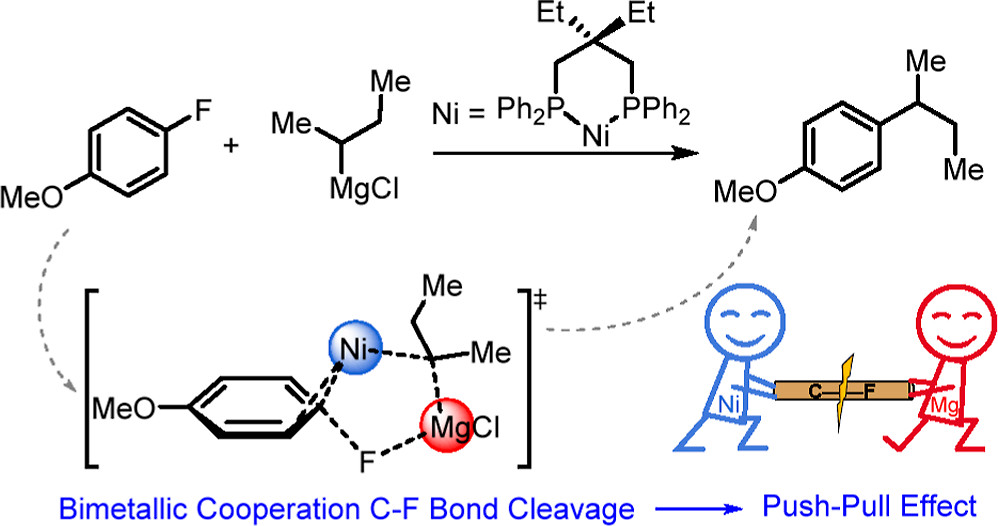
The Ni-catalyzed Kumada–Tamao–Corriu (KTC) cross-coupling between aryl fluorides and alkyl Grignard reagents has been used to achieve a highly selective Csp2–Csp3 bond construction via the carbon–fluorine (C–F) bond activation. However, the detailed mechanism of this groundbreaking KTC reaction remains unclear. Herein, we perform a series of analyses by density functional theory (DFT) calculations in order to understand the reaction mechanisms for the selective activation of a highly inert C–F bond by Ni catalysts with bidentate phosphorus ligands.


